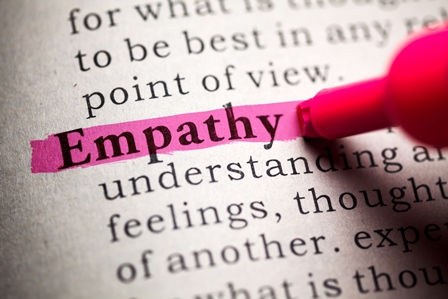Posts Tagged ‘Evidence Based’
Intellectual humility and tolerance for ambiguity
When dealing with musculoskeletal pain syndromes uncertainty and ambiguity can cause unease and frustration for both patients and clinicians. The goal is to stamp out uncertainty, but not to stamp out ambiguity. Ambiguity may contain uncertainty. But they are different. Uncertainty is something that is not clearly or precisely determined, something unknown. Uncertainty implies that…
Read MoreRight person – Choosing a healthcare provider to address chronic musculoskeletal pain syndromes
When dealing with musculoskeletal pain syndrome the ageless advice is the best solution is to see the right person, for the right care. For chronic and/or recurring musculoskeletal pain syndromes the choice of the healthcare provider assumes more importance. As it is likely to be a long-lasting relationship. You can choose from several different types…
Read MoreLateral Pelvic Tilt Sitting
When oriented normally, the pelvis appears level and symmetrical. But in individuals with a lateral pelvic tilt (also called pelvic obliquity), one side of the pelvis appears lower than the other side. Lateral pelvic tilt can both cause and compensation to avoid musculoskeletal pain. It can be a contributing factor to jaw pain, headaches, shoulder,…
Read MoreMusing on Empathy and Pain
Empathy is more than compassion and caring. Empathy is putting oneself in another person’s shoes and actually feeling what that person feels. Recently, I experienced a flare of rheumatoid arthritis with significant disabling hip pain. Deep in misery, I searched for the positive side of my suffering. I thought: “This means I will have more…
Read MoreExpectations Treatment Outcomes
The expectations of a patient, patient satisfaction regarding treatment and treatment outcomes are related in a very complex manner. Whether you have an over use injury as a result of recreation sports, a traumatic injury, or chronic musculoskeletal disease process like rheumatoid arthritis awareness of the interaction of your expectations, satisfaction with treatment provided, and…
Read MoreOrthopedic post-surgical protocols & Physical Therapy
If you have the misfortune of needing to have an elective orthopedic surgery, you will likely be referred to Physical Therapy following the surgery. You will likely follow a post –surgical rehabilitation protocol. Orthopedic surgeons and Physical Therapist have developed standard protocols for each surgical diagnosis or surgical procedure. The protocol will outline the step…
Read MoreOsteoarthritis – Cartilage and Exercise
Osteoarthritis is primarily a degeneration, or wear and tear, of the hyaline cartilage that covers the end of the joint surfaces. Osteoarthritis occurs as a result of “the parents you choose” (genetic influence) or as a sequel to a prior joint trauma or injury. There is a great deal of information dealing with the…
Read MoreActive Therapies – Passive Therapies – Responsibility
Passive therapy is when something is done to you. Passive treatment implies lack of participation from the individual receiving the therapy intervention Examples of passive physical therapies include massage, manipulation, acupuncture, dry needling, traction, ultrasound, electrical nerve stimulation, laser, ice packs, and hot packs. Passive therapy always requires another person to apply the treatment. Passive…
Read MoreConflict Between Evidence Based Medicine – Patient Centered Based Medicine Why it is important
Evidence based medicine is the integration of best research evidence, with clinical expertise, and patient values. Evidence based medicine, a process of turning clinical problems into questions and then systematically locating, appraising, and using contemporaneous research findings as the basis for clinical decisions. Population based outcome research has repeatedly documented that patients who do receive…
Read More








